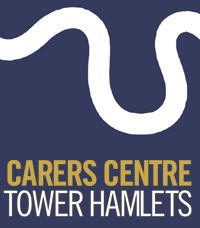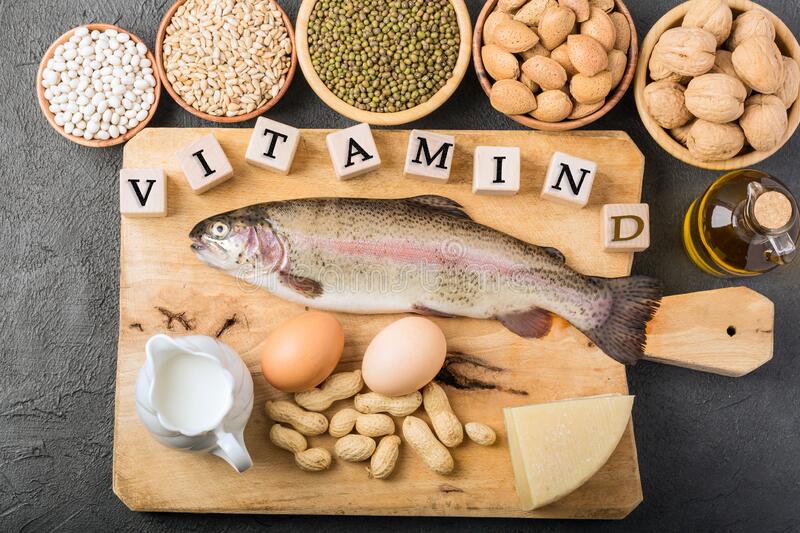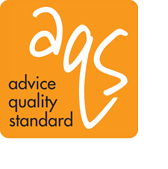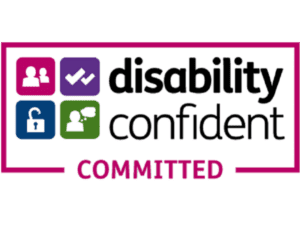Hello Everyone
The last couple of days has been a nightmare trying to get to the centre from my home in Kent via the Blackwall Tunnel due to the tube strike. The traffic and queues is astonishing and it has been many years since I have seen so much traffic. My colleagues and carers who have managed to get to the centre have reported they spent three hours getting here.
I am hopefully off to see my Dad after work to check on him, do some cleaning and make sure he has enough food for him and my Nephew. I have completed a weekly timetable of chores for my enthusiastic but brilliant and caring Nephew who we call Harry Potter. One good thing about being stuck in traffic for so long this morning meant I called my Mum’s Care Navigator, had a lengthy discussion and helped complete a rudimentary assessment, talk about being a carer on the go!!!
So as I now often think in relation to other carers what must it be like to manage your caring role when your journey becomes a problem, specially for carers who live in a different property form their loved ones. Having extra concerns to deal with on top of your existing caring role, can have a impact on your wellbeing and to counteract this could be taking up some Mindfulness Activity
It can be easy to rush through life without stopping to notice much.
Paying more attention to the present moment – to your own thoughts and feelings, and to the world around you – can improve your mental wellbeing.
You can check your mood using this simple mood self-assessment quiz.
Some people call this awareness “mindfulness”. Mindfulness can help us enjoy life more and understand ourselves better. You can take steps to develop it in your own life.
What is mindfulness?
Professor Mark Williams, former director of the Oxford Mindfulness Centre, says that mindfulness means knowing directly what is going on inside and outside ourselves, moment by moment.
“It’s easy to stop noticing the world around us. It’s also easy to lose touch with the way our bodies are feeling and to end up living ‘in our heads’ – caught up in our thoughts without stopping to notice how those thoughts are driving our emotions and behaviour,” he says.
“An important part of mindfulness is reconnecting with our bodies and the sensations they experience. This means waking up to the sights, sounds, smells and tastes of the present moment. That might be something as simple as the feel of a banister as we walk upstairs.
“Another important part of mindfulness is an awareness of our thoughts and feelings as they happen moment to moment.
“It’s about allowing ourselves to see the present moment clearly. When we do that, it can positively change the way we see ourselves and our lives.”
How to be more mindful
Reminding yourself to take notice of your thoughts, feelings, body sensations and the world around you is the first step to mindfulness.
Notice the everyday
“Even as we go about our daily lives, we can notice the sensations of things, the food we eat, the air moving past the body as we walk,” says Professor Williams. “All this may sound very small, but it has huge power to interrupt the ‘autopilot’ mode we often engage day to day, and to give us new perspectives on life.”
Keep it regular
It can be helpful to pick a regular time – the morning journey to work or a walk at lunchtime – during which you decide to be aware of the sensations created by the world around you.
Try something new
Trying new things, such as sitting in a different seat in meetings or going somewhere new for lunch, can also help you notice the world in a new way.
Watch your thoughts
“Some people find it very difficult to practice mindfulness. As soon as they stop what they’re doing, lots of thoughts and worries crowd in,” says Professor Williams.
“It might be useful to remember that mindfulness isn’t about making these thoughts go away, but rather about seeing them as mental events.
“Imagine standing at a bus station and seeing ‘thought buses’ coming and going without having to get on them and be taken away. This can be very hard at first, but with gentle persistence it is possible.
“Some people find that it is easier to cope with an over-busy mind if they are doing gentle yoga or walking.”
Name thoughts and feelings
To develop an awareness of thoughts and feelings, some people find it helpful to silently name them: “Here’s the thought that I might fail that exam”. Or, “This is anxiety”.
Free yourself from the past and future
You can practise mindfulness anywhere, but it can be especially helpful to take a mindful approach if you realise that, for several minutes, you have been “trapped” in reliving past problems or “pre-living” future worries.
5 Sneaky Signs You Might Have a Vitamin D Deficiency.
How much vitamin D do you need each day?
Vitamin D helps with calcium absorption, which is important for healthy bones and muscles. It also can help reduce inflammation, support a healthy immune system and more. It is recommended that adults between age 19 and age 70 get 600 IUs (or 15 mcg) of vitamin D per day. One of the main ways we get this vitamin is through sun exposure. Our skin can create sufficient vitamin D from approximately 5 to 30 minutes of sun exposure to our face, arms, hands and legs daily (or at least twice per week), but this can vary significantly based on where you live.
5 signs you might have a vitamin D deficiency
1. You’re feeling depressed
One exciting new area of research is focused on how vitamin D levels can affect mental health, specifically depression. In a large review of 61 studies, researchers concluded that serum vitamin D levels inversely correlated with clinical depression, meaning the lower your vitamin D levels, the more likely you were to be depressed. If you are feeling down more often than usual, especially during the winter months (looking at you, seasonal affective disorder), vitamin D deficiency might be a factor. The good news is, upping your intake might help improve some symptoms.
Another recent study found that vitamin D supplementation favorably impacted self-reported depression ratings in participants. However, other reviews of research have had inconclusive results, so more research is needed to clarify vitamin D’s relationship with mental health. As always, talk with your doctor before starting any new supplement. Your doctor might also be able to check your serum vitamin D levels to see if you’re deficient.
2. You live in a cold-weather climate
As mentioned, our bodies can make vitamin D from exposure to the sun. However, the sun has to have a high enough UV index (about 3 or above) in order for our bodies to be able to do this. We also have to have enough skin exposed—which doesn’t often happen in the winter. In places with a long, cold winter, say, Vermont, there are only a few months of the year where making enough vitamin D from the sun is viable. If you are curious about this, the app Dminder can help you track the specific amount of vitamin D you are getting from the sun based on the UV index, time of day, amount of sun exposure and more.
3. You have weak bones
This could be the most obvious sign that you might not be meeting your vitamin D needs. The vitamin is crucial for healthy, strong bone formation. If you routinely experience bone breaks or stress fractures, you could be vitamin D deficient. If you are experiencing any of these symptoms, talk to your doctor to see the best course of treatment and to learn if a vitamin D supplement could be right for you.
4. You have high blood pressure
While the connection between vitamin D and bone health is well established, the connection between vitamin D and heart health is less clear. Some studies have found that vitamin D influences the same system (the renin-angiotensin-aldosterone axis) that controls your blood pressure. This might mean that inadequate vitamin D levels might lead to high blood pressure in some cases.
However, other studies have found inconclusive results about whether vitamin D supplementation can help lower high blood pressure. More research is needed to clarify the relationship of vitamin D and blood pressure. If you have high blood pressure and think you might be deficient in vitamin D, talk to your doctor to see if testing your vitamin D levels is appropriate.
5. You follow a vegan diet
Unfortunately, most food sources of vitamin D come from animal products such as eggs, fish and dairy. Avoiding these foods can put you at a higher risk of deficiency. But it’s not impossible to meet your needs if you follow a vegan diet. It might take some extra planning, but there are plant-based ways to get your 600 IUs in per day. Include vegan-friendly food sources of vitamin D such as UV-exposed mushrooms, fortified orange juice and fortified breakfast cereals. Also, try to spend some time outdoors each day, especially if you live in a warmer climate.
The bottom line
Vitamin D is involved in a variety of important body functions, from bone health to brain health and more. But meeting your needs can be easier said than done, especially if you follow a vegan diet or live in a colder-weather climate. Feeling more depressed than usual or having high blood pressure might be symptoms of an underlying deficiency. If you are concerned about your vitamin D levels, talk to your doctor or a dietitian about a serum vitamin D test or to see if supplementation is right for you.


Did you know……
Yoga for Carers – March 23rd 2.30pm to 4pm at London Buddhist Centre
The Academy has commissioned Breathing Space to deliver a much-requested taster session on Yoga for Carers to aid their wellbeing. It takes place at the Buddhist Centre and did you know that yoga can support your wellbeing in the following ways?
Yoga improves strength, balance, and flexibility. …
Yoga helps with back pain relief. …
Yoga can ease arthritis symptoms. …
Yoga benefits heart health. …
Yoga relaxes you, to help you sleep better.
Learn some basic poses to help the body to stretch and release. Open to all levels of experience, including complete beginners.
We have 12 places, and you can only reserve your place by emailing tony@ccth.org.uk
As from this Friday we are having the Centre IT suite as a Drop – in for carers to use.
As the country relaxes the Covid rules we wanted to open our IT suite to carers, carers who are students, carers writing CV’s and job applications, online food shopping or just want to check your emails once a week to catch up, meet other carers and have some mental respite.
We do not have a printer and cannot print copies for you, we ask you to be proficient enough to manage on your own as staff can provide minimum support as they are busy with their own work.
The Wellbeing Academy highly recommends this access to learning:

Check out a new free course that has just been launched that focuses on carer wellbeing. It is called ‘Physical activity for health and wellbeing in the caring role’ and has been kindly endorsed by the Carers Trust. The course is 6 hours in length and learners can achieve a ‘badge’ on completion of the end quiz, and this can be added on a CV to evidence their learning/continuous professional development. We hope that it will be helpful to those working with carers, including carer centre staff, those supporting carers less formally and importantly carers themselves!
On 3rd March 2022, BL Women in Healthcare society, BL Feminist Society, BLSA Women’s Representative and the Vice Presidents of BLSA are working together to organise a vigil to commemorate a year since Sarah Everad’s death. This will provide a moment of reflection and remembrance for all the victims of gender based violence. We plan for it to be a quiet, contemplative event where attendees can light candles and pay respects to women who have been and are still victims of violence against women.
We will walk from Mile End station at approximately 5pm to the meet in front of the Garrod Building for 6pm where the vigil will take place. Members of the faculty, NHS trust and public are invited to attend and pay tribute to those who are and were victimised by violence against women. Candles may be available to light in front of the building but we welcome attendees to bring their own too.
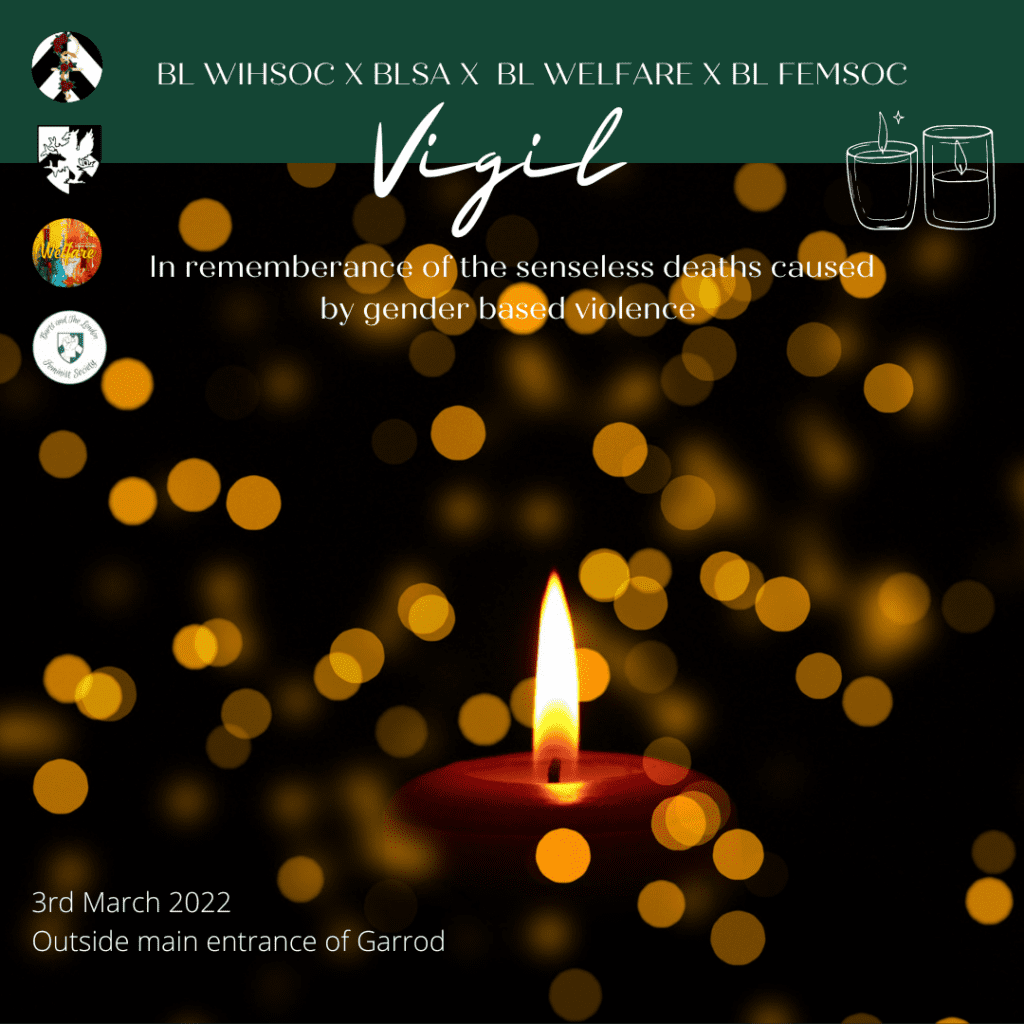
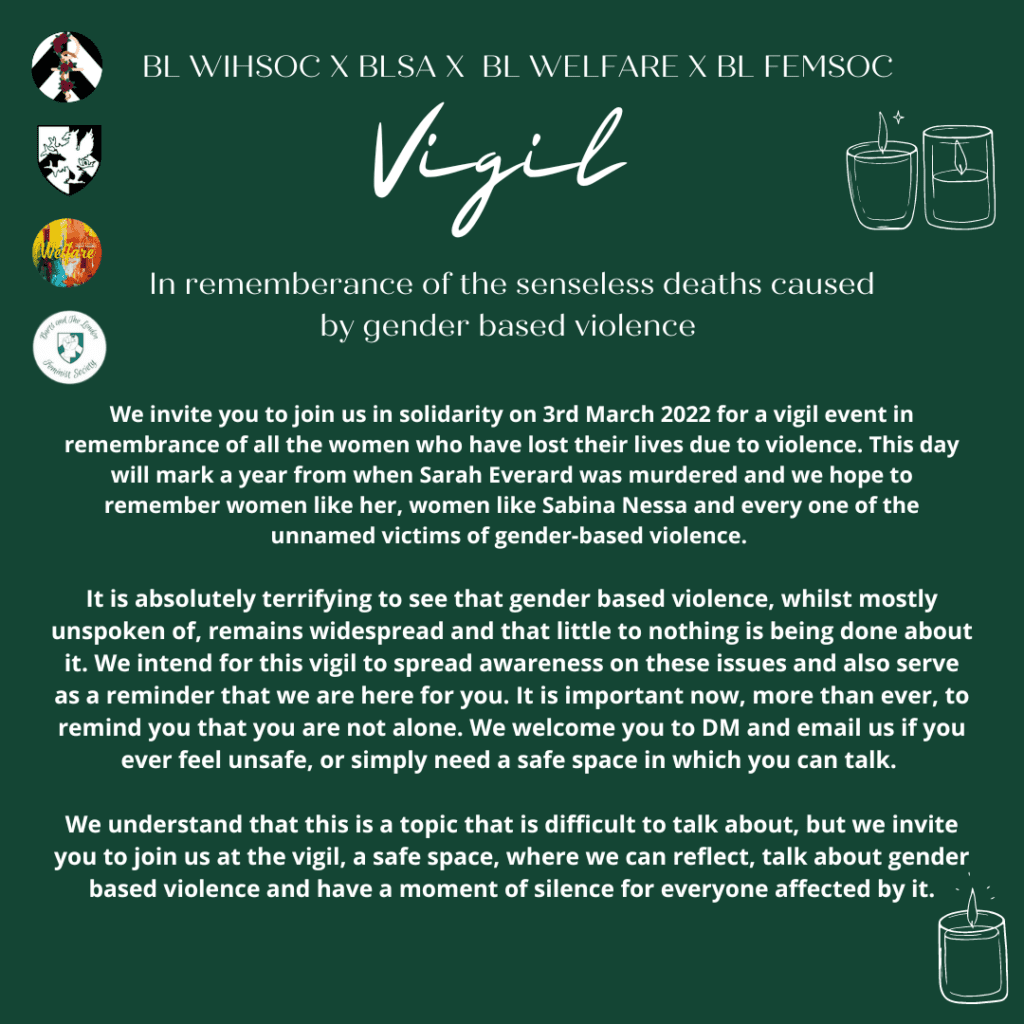

Tower Hamlets Annual Parent Conference 2022: Families Matter
The conference will be taking place on Thursday 10th March 2022 from 9.30am online through Zoom.
45 minute bitesize webinars will be available throughout the day, starting on the hour from 10am to 2pm and an evening webinar at 6pm for attendees to drop into at their convenience.
Bookings to receive the Zoom link can be made via Eventbrite: www.eventbrite.co.uk/e/tower-hamlets-annual-parent-conference-2022-families-matter-online-event-tickets-274840022907
Schools are encouraged to support parents and carers to book their place to attend
Highlights for this week….
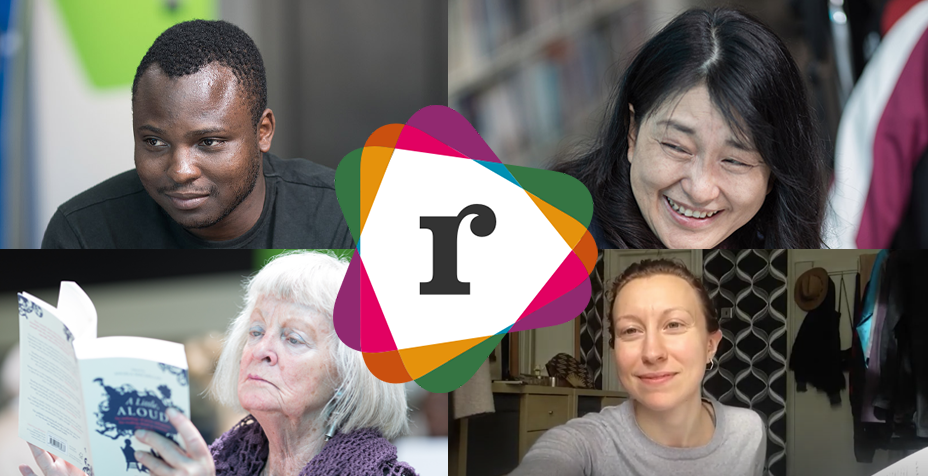
Did You Know we have a weekly Shared Reading Group?
How does it work?
Does your caring role stop you from reading a book or books? When was the last time you had someone read to you?
Our weekly reading group enables carers to sit round a table, have fun with other carers and have a short story read to them by an experienced Reader called Dorothy (she is wonderful by the way). You then get to discuss the story, compare ideas and really delve into the characters, did you like them or dislike them, it is for you to chat and tell your story….
Everyone experiences the text in their own way, but the literature provides a shared language that can help us to understand ourselves – and others – better.
It can even help with your ESOL needs.
If this is for you then email tony@ccth.org.uk

ESOL – Tuesdays @ 1.30pm to 3.30pm at the Carers Centre
We have ESOL every week being facilitated by ELATT, we are providing a prayer space for students if required and we welcome any carer who wishes to improve their English. Learn how to talk to your Social Worker, GP, advocate for your loved one, talk to other carers and the world is your oyster…
This Weeks Activities
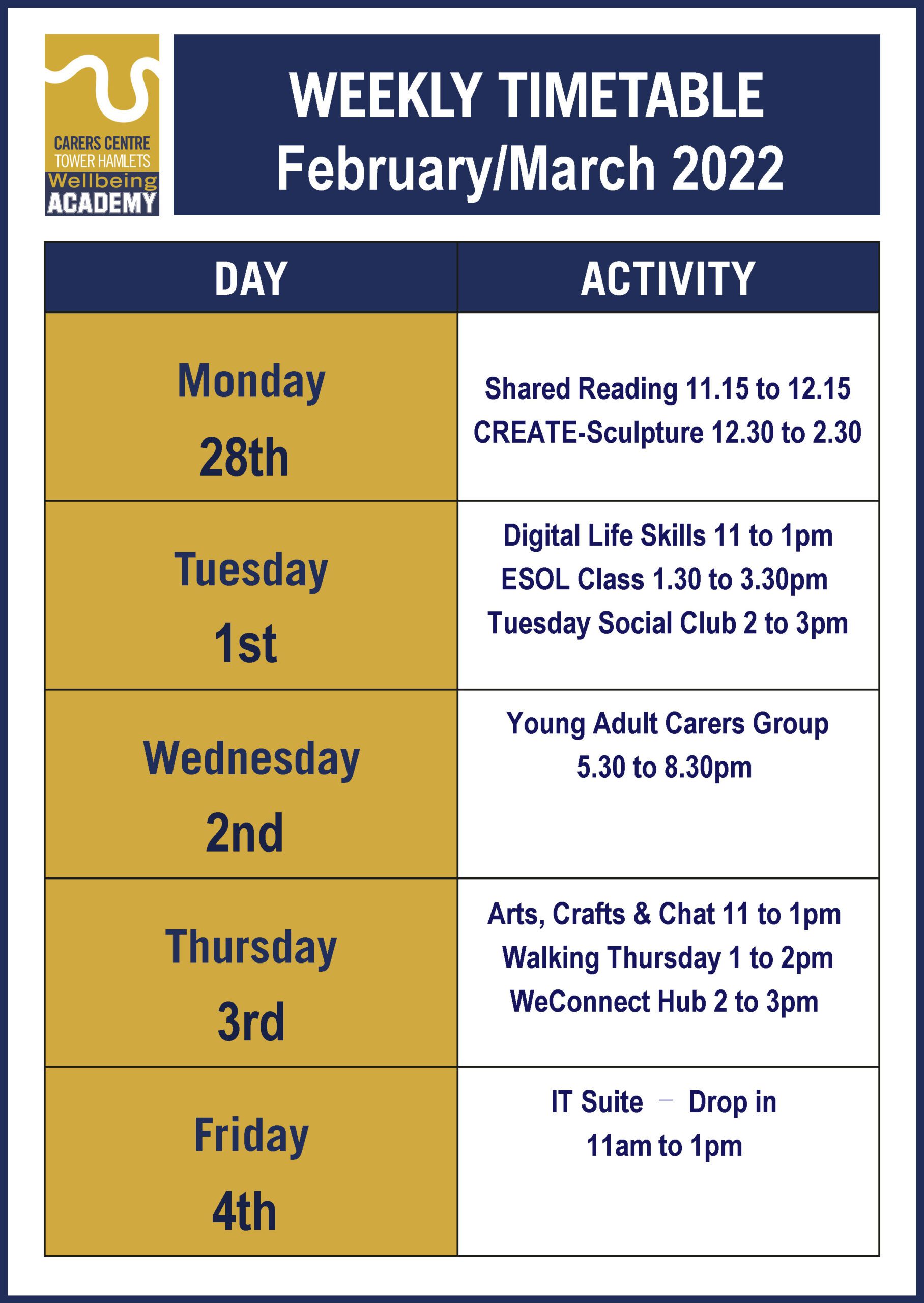

REMINDER – YOU CAN CHECK THE CCTH CALENDAR –
If you want to know what activities are on each day at the centre then check out the CCTH Calendar – https://ccth.org.uk/new/calendar/?cid=mc-03c4653fb809aa02e303ae7a3bb5520a&month=9&yr=2021
Then email me tony@cth.org.uk to book your place.
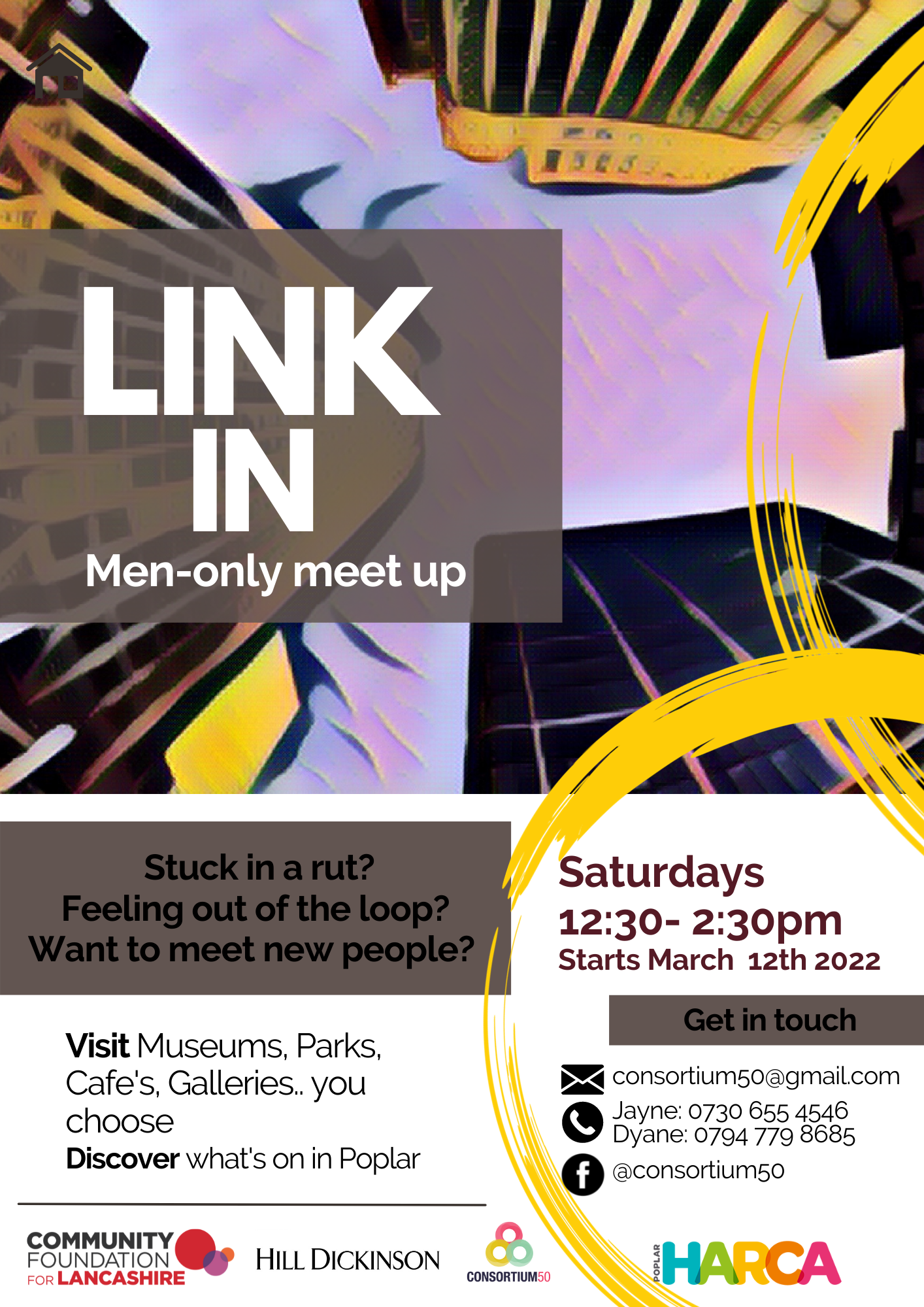
![]()
A carers guide to home fire safety
A new video resource has been launched on the London Fire Brigade website to help carers learn how to keep people that receive care safe from fire.
Sadly, around one third of those here who die or are severely injured by fire are in receipt of some form of care or support. If you are a formal (domiciliary care worker, support worker or clinician) or informal carer (family member, friend or neighbour) and are caring for someone in their own home, this new resource will help you identify fire risks and show you what you can do to reduce them. There is also more information available on the website around fire safety and prevention.
Watch the video >

Covid-19 in Tower Hamlets
Read the latest update on Covid-19 from our Director of Public Health, Dr Somen Banerjee, including changes announced this week on removing restrictions and living with Covid-19. The update also covers important information around rates of Covid-19 in Tower Hamlets at present and steps we should all take to stay safe.
Please note that with the government removing all covid-19 restrictions, people who have tested positive after 23 February will no longer be able to make a Test and Trace Support Payment claim. If you were contacted before 23 February, you can still claim within 42 days of receiving your notification. No claims will be accepted after 6 April 2022.
Read the update >
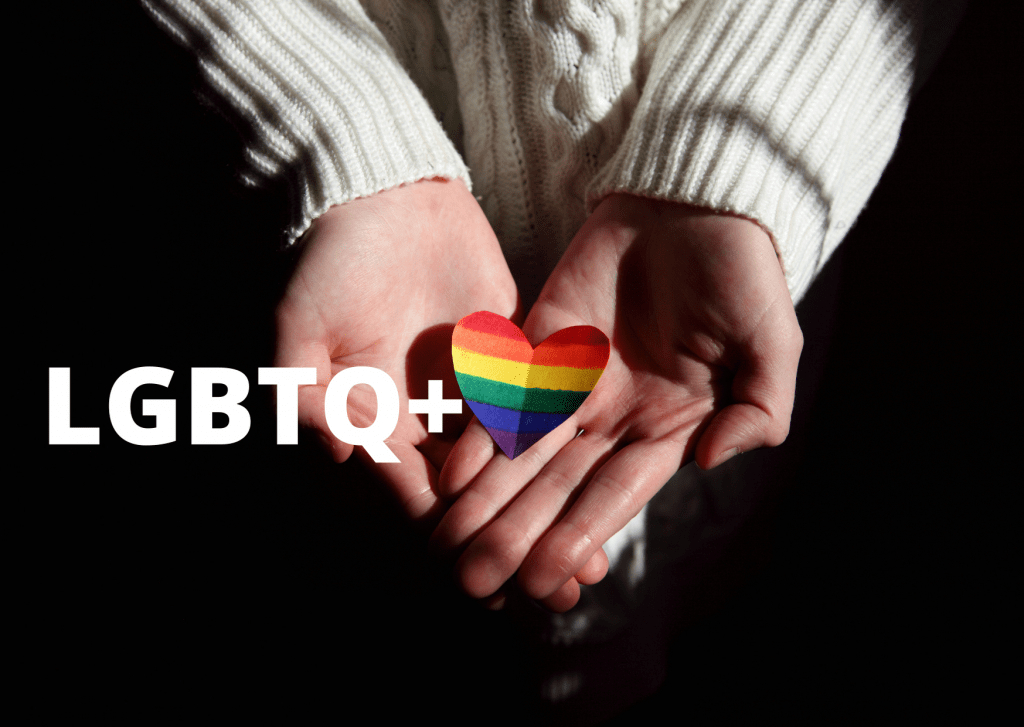
ELOP’s LGBT+ Groups
Join our fun, friendly and non-judgemental safe space to meet new people and discuss LGBT+ topics!
LGBT+ Over 50 Social Group
Every Monday 1.00 – 2.30pm, online
LGBT+ Social Support Group
Every Tuesday 7.00 – 8.30pm, online
Stonewall – https://www.stonewall.org.uk/
LONDON Friend – https://londonfriend.org.uk/
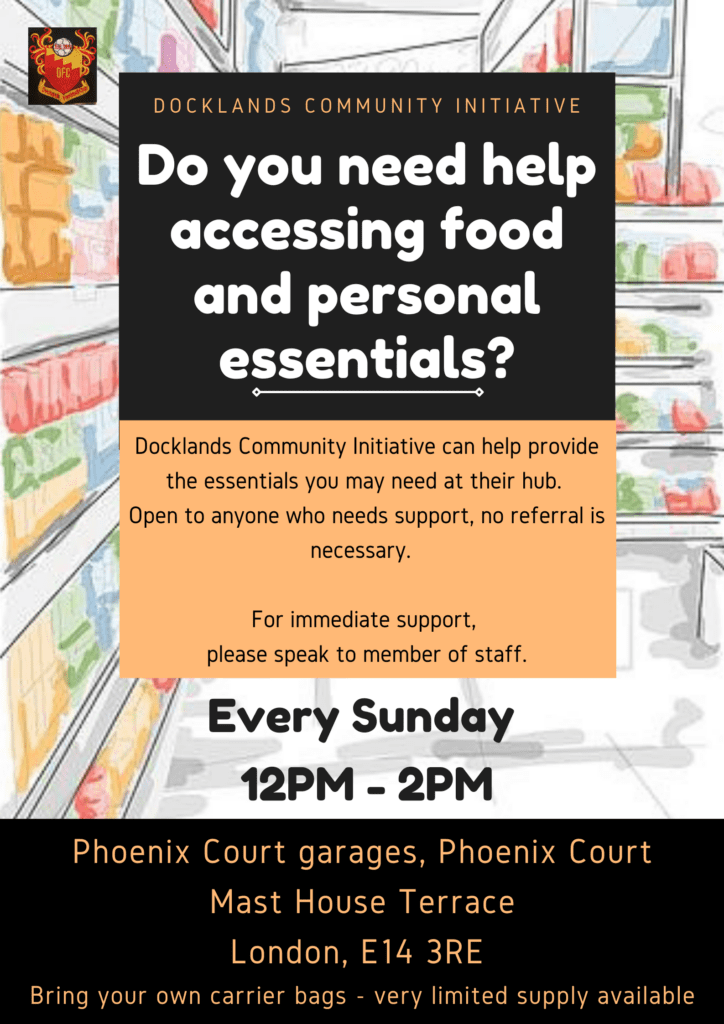
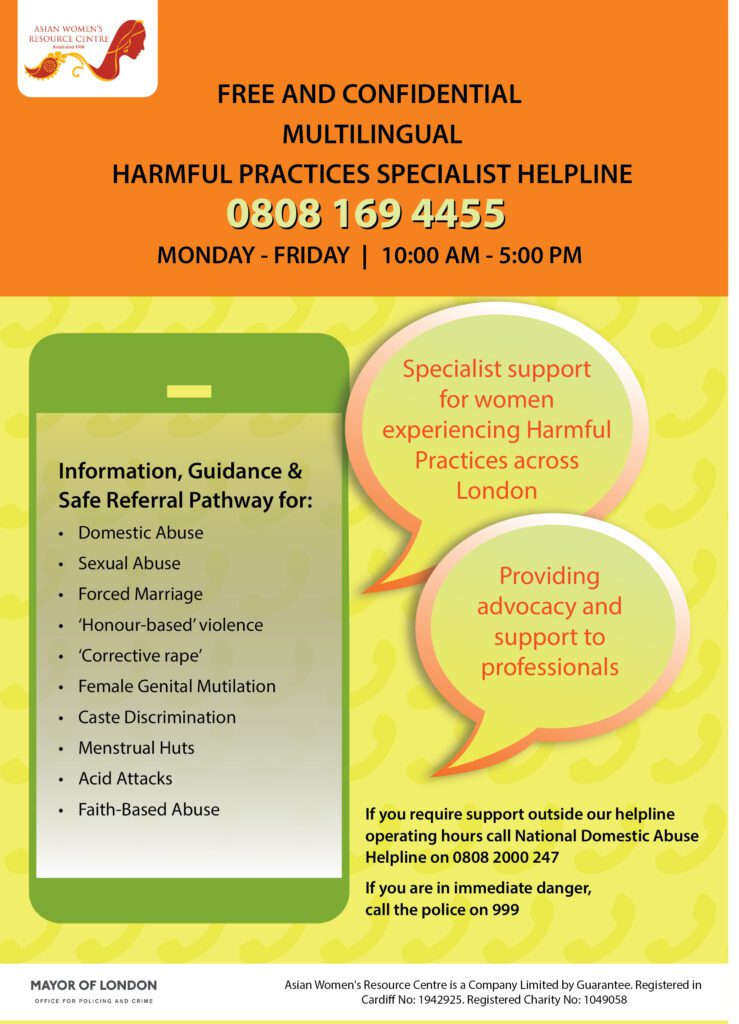

WALKING ALONE? REMEMBER THESE 10 TIPS
1) Plan Your Route
Make sure you plan your route ahead of time. If you are walking in an area you are not familiar with, this can help keep you from getting lost. You will be able to walk with confidence. If you do get lost, don’t wander aimlessly, find a gas station, supermarket, or fast-food restaurant where you can ask for directions.
2) Make Sure Someone Else Knows Your Plans
Don’t go out when it is dark without telling someone, even if you are just taking the dogs out for a walk around your neighbourhood or walking home from a friend’s house nearby. It may seem paranoid, but in fact, knowing someone knows where you are can be reassuring and help you feel safe. If you fall and hurt yourself or run into trouble, and someone knows where you are, they can send help if you don’t arrive at your destination on time.
3) Always Carry Your Phone with You
Always carry your phone, but not for music or to make social calls as your walk. Your phone can be a lifeline if you see something suspicious or worse if something happens to you. Download a safety app on your phone, so you’ll be able to discreetly alert the authorities if you feel threatened or see something suspicious.
4) Avoid Suspicious People and Areas
Areas that are dark, deserted, or out-of-the-way, such as an alley or a parking lot, can be riskier than a well-lit area full of people. Stick to busy, lighted paths, to minimize the risks. Also, walk mainly in familiar places where you are known. That way, if you feel like a suspicious person is following you, you can always duck into a store you know or knock on a neighbour’s door. Avoid empty streets and pathways with thick shrubbery.
5) Keep Your Hands Free
Except for a flashlight and one of the items discussed below, keep your hands free. If you are carrying anything, put it all in one bag or backpack. This will make it easier for you to react if you notice someone following you. In a dangerous situation, carrying too many bags can keep you from moving as quickly as you can if your hands are free or if you only have one bag.
6) Carry a Non-Violent Deterrent
In addition to a flashlight, carry a non-violent deterrent such as a whistle, mace, or pepper spray. A whistle will help you alert others and call them to aid you if something is wrong. The loud noise may put off attackers, and they’ll move on to find someone else. Mace or pepper spray can give you enough time to evade a potential attacker, and in a pinch, a flashlight can be used as a weapon. Make sure you know how to use the mace or pepper spray to get its full effect.
7) Wear Reflective Clothing to Prevent Accidents
When it comes to personal safety, it’s not just about suspicious people. Areas with low visibility can be prone to accidents. Reflective clothing allows bikers and cars to see you as you walk along. A flashlight or headlight can also help drivers see you if there are dark stretches of road on your route.
8) Take a Self-Defence Class
When fighting off something as an assault, the element of surprise can work in your favour. If you regularly walk alone, take a self-defence class. You don’t have to become a black belt. In fact, it’s probably better to learn something like Krav Maga, which has been popular for self-defence. The idea is to disable your attacker enough for you to get to safety, and a class focused on self-defence will help give you those survival skills.
9) Remove Any Distractions
Keep your phone in your hand in case you need to hit the panic button on your safety app, but don’t let it distract you. When walking alone at night for exercise, music can be motivating and energizing but also distracting. You may not hear someone driving or walking up behind you. Avoid wearing headphones or talking on your phone as you walk.
10) Trust Your Gut
When walking alone at night, trust your gut. If you feel like an area or situation may be dangerous, don’t wait around to find out. Stop and scan your surroundings if you think someone is following you. If you are being followed, walk as quickly as you can to a well-lit public place. You can wait until you feel safe, or call a friend, a taxi, or an Uber to help you get safely get home at night.
Following these personal safety tips will help keep you stay safe when walking alone. Always be aware of where you are and alert to suspicious activity.

REMINDER TO CARERS
If you still need PPE for you and your loved one then Tower Hamlets are still providing PPE for Carers.
Collection and delivery is on Wednesday only from Mulberry Place, 5 Clove Crescent, E14 2BG. Carers can call or email Ayeda directly 0n 07366977103 or ayeda@ccth.org.uk to order.

Important Numbers:
Domestic Violence Duty Line: 020 7364 4986 between 9am – 5pm.Victim Support: 020 7364 2448/7957
Just wishing everyone a peaceful, safe and week and remember if you need information and advice from the Carers Centre just email enquiries@ccth.org.uk
Tony Collins-Moore
Carers Academy Manager

Opening hours
Monday - Friday – 9.30am – 5pm
Saturday and Sunday – Closed
